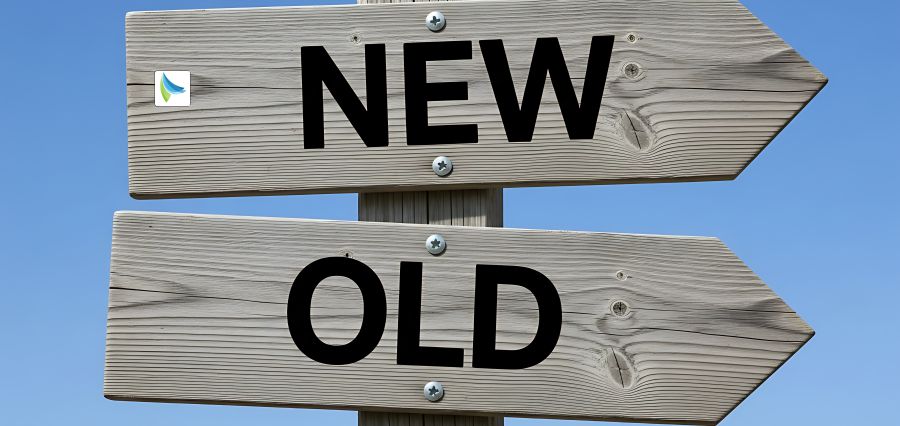Today, success in the business world is just as much a matter of vision as velocity—how rapidly leaders can take teams in one direction, develop innovation, and implement strategy. Velocity of leadership is the intersection of speed, agility, and receptivity that can assist leaders in taking teams into action in the correct direction with intention, precision, and determination.
In fast-growth environments, this pace is not optional—it’s a requirement. It separates behind-the-curve companies from market drivers and reactive managers from proactive leaders.
Defining Leadership Velocity
Leadership velocity is quicker decision-making. It’s a momentum of strategy—the ability to inspire teams, be flexible in adapting, and deliver do-overs without sacrificing long-term vision or company well-being.
Essentially, leadership velocity brings together three key components:
- Clarity of direction
- Capacity to empower
- Consistency of follow-through
These pillars check speed from degenerating into haste, and motion from becoming disorder. Instead, the company is progressing with one strength in hand over common causes.
Creating Clarity in the Mess
Effective leaders move with speed because they are able to think clearly. Amidst an ocean of information and a state of constant change, clarity is power. Leaders who have a compelling “why,” stay focused on priorities, set clear goals are able to cut through the mess and act.
Alignment is achieved through transparency. When all the individuals are clear about what winning would be and how their unique contribution fits into its attainment, they act confidently. This also does away with slack caused by misinformation or ambiguity.
Weekly priorities, OKRs (Objectives and Key Results), and cascading strategic objectives are instruments that current leaders utilize to construct alignment on the basis of quick-paced teams.
Constructing a Team Conducive to Velocity
Speed requires trust—and trust develops when leaders enable, not micromanage. Speed leadership is to enable independent, talented teams to take responsibility, drive themselves, and speed-pivot.
This starts by recruiting for agility—brought on board people who thrive in high-speed cultures, open to feedback, and comfortable questioning the status quo. Most of all, though, it is to create a culture in which experimentation is welcomed and failure is a learning hill, not an error.
Delegation is another pillar. Velocity leaders avoid obstacles by delegating authority further down the chain. They trust their teams to make decisions within boundaries that promote autonomy and accountability.
Execution That Drives Momentum
Leadership velocity means nothing if it doesn’t drive results that matter. Execution—translating strategy into action that reverberates—is where momentum finds a hold.
Agile leaders create rapid feedback loops, set brief success criteria, and monitor progress in real-time. They’re focused on iterative improvement, not perfection. Whether it’s product MVPs shipping, market tests, or operational tuning, they prefer motion and learning to analysis paralysis and gridlock.
A handy technique is the 30-60-90 strategy model—in deciding what to do in 30, 60, and 90 days, tied to measurable business objectives. This triggers urgency and ease without compromising on long-term aims.
Communication: Fuel for Speed
Communication crawls when it doesn’t take place. Good communicators and leaders who make communication a frequent practice keep people motivated, keep them on track—even when they’re not even sure where to go.
Cross-functional briefs, daily stand-ups, and open communication channels (e.g., Slack, Teams, or async video updates) cut wait time on a decision or uncertainty about what’s required.
Transparency also creates psychological safety—teams complete work faster when they’re psychologically safe to question, voice concerns, and disagree.
Balancing Speed and Sustainability
The risk of velocity is burnout. Managers need to be mindful that their passion for velocity does not steal well-being, ethics, or values. Velocity as a model of leadership must be sustainable.
That’s building rhythms that make room to pause and reflect, rest, and refuel. High-performing teams need contemplative pauses, emotional care, and obscenely transparent expectations on load. Leaders who lead from empathy, self-compassion, and a place of mental equilibrium build cultures where velocity is strength—not risk.
Second, sustainable velocity is about long-term orientation from the start. One must not be tempted to aim for high velocity and quick wins at the expense of not sustainable value, but timely short-term wins. Short vision and high velocity mean collapse and burnout.
Learning How to Adapt Leadership Styles to Build Velocity
There is not and cannot be a one-size-fits-all speed. Adaptive leadership—style adaptation to team dynamics, organizational maturity, and market needs—is what’s required.
Start-up companies, for instance, will require directive leadership so that they can dictate pace and simplicity. Scaling organisations, however, are likely to require a participative and coaching style of leadership so that teams get empowered and are able to handle complexity.
Organization leaders switch seamlessly from front-running leadership to coaching from the back. This allows them to let go of team performance and the culture of accountability as well.
Metrics that Matter: Measuring Leadership Velocity
To know if leadership velocity is working, organisations must measure it—not just in terms of output, but impact. The key metrics are:
- Decision to action cycle times
- Employee engagement
- Innovation or product release rate
- Reaction to market feedback or disruption
- Pressure resistance and team retention
Monitoring these metrics on a regular basis enables leaders to adjust their approach, remove friction, and continually optimize velocity and accuracy.
Final Thoughts
Leadership speed isn’t about getting everything done at light speed—about doing the right things at higher speeds. It’s having the ability to drive clarity, enable people, and execute with consistency and agility in response.
In an economy that never slows down, the leaders who can keep up without losing their bearings will map the course of competitive greatness. The real test is not how fast you go—but how many you bring with you.












